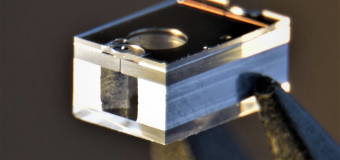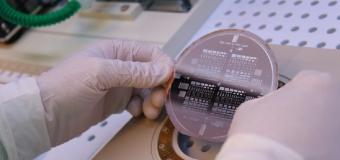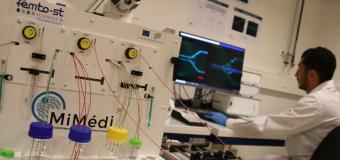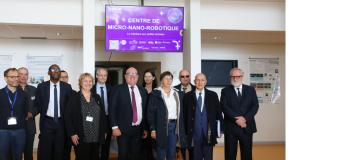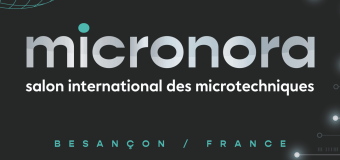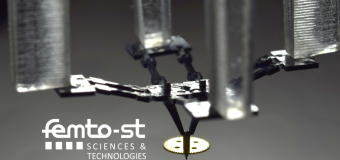Launch of the European SAMI project for energy-free intelligent sensors
A major scientific and technological collaboration between Silmach and FEMTO-ST in the field of intelligent, autonomous sensors kicks off on January 30.
This SAMI (Autonomous Sensors for Intelligent Monitoring) project, worth a total of 6 million euros, is supported by the European Union with 4.3 million euros from the European Regional Development Fund, through the FEDER-FSE+ Bourgogne-Franche-Comté et Massif du Jura 2021-2027 program, managed by the Bourgogne-Franche-Comté Region.
It is based on the ChronoMEMS© technology developed by SilMach, which combines the principles of micromechanics and advanced manufacturing technologies to create intelligent, autonomous sensors. These energy-free sensors exploit the deformation of structures to detect and account for mechanical events. Inspired by the watchmaking industry, they offer low-cost, low-carbon solutions that can be transposed to a variety of sectors: aeronautics, transport, infrastructure, energy, healthcare, and many others.
SUPMICROTECH and the Université Marie et Louis Pasteur are taking part in this project through their joint laboratory FEMTO-ST (UMR CNRS) and the involvement of 2 laboratory teams: the MICRO team's expertise in hybrid microsystems, enabling components to be miniaturized while maximizing their functions, and the MIMENTO platform offering its know-how in micro manufacturing and MEMS technologies.
FEMTO-ST'contacts :
Sébastien Thibaud
Samuel Queste
[[{"fid":"38304","view_mode":"default","fields":{"format":"default","alignment":""},"type":"media","field_deltas":{"1":{"format":"default","alignment":""}},"attributes":{"class":"media-element file-default","data-delta":"1"}}]]


